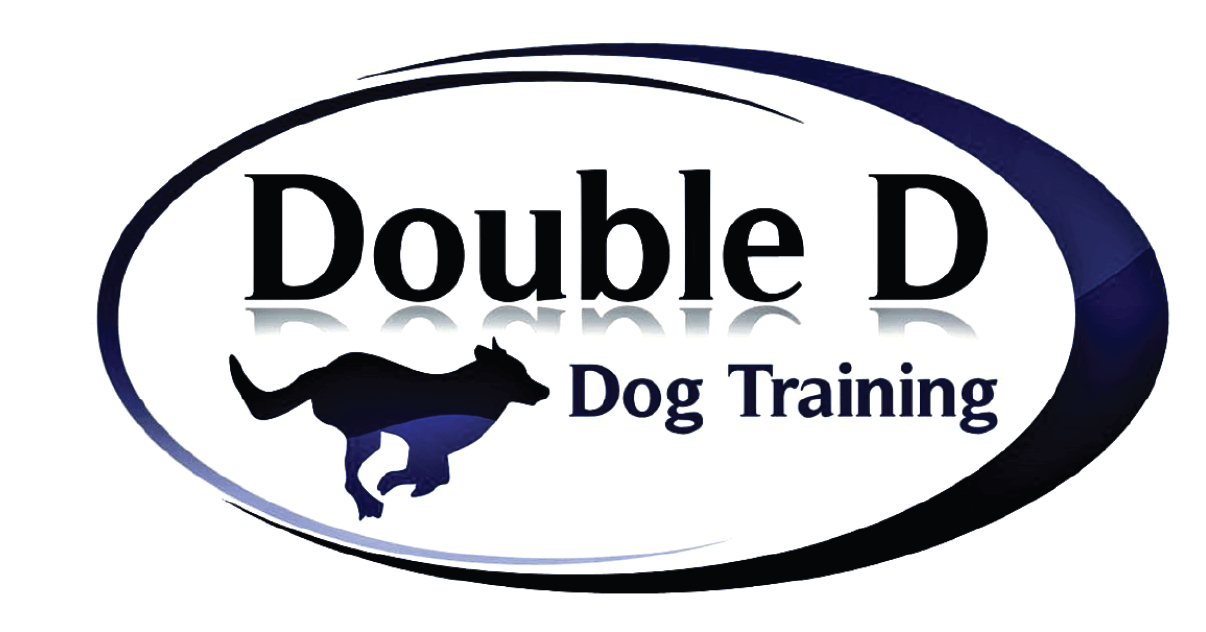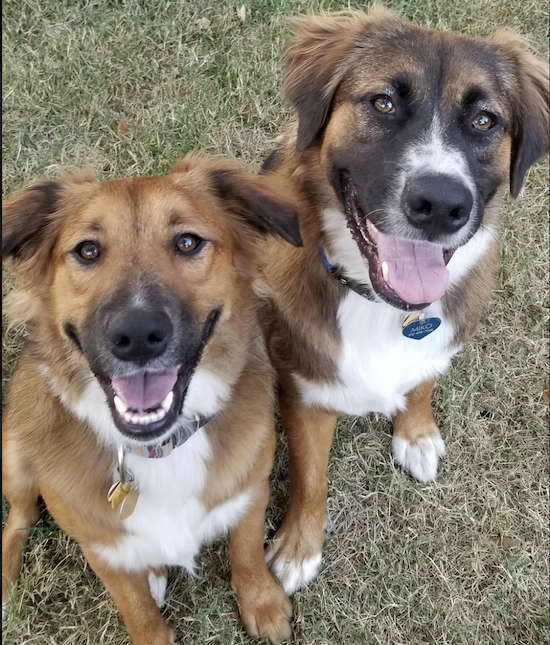Obesity in Dogs
Obesity in dogs is a growing concern and a major health issue affecting a significant number of pets. It is estimated that over 50% of dogs in the United States are overweight or obese. This is harmful to their health and can reduce their lifespan and quality of life.
The word obesity means excessive fat or excessive weight, and obesity in dogs refers to the extra fat on their body. Obesity can be the root cause of many serious diseases in dogs, and eventually, it can shorten your dog’s life. One of the most common reasons for obesity is its intake of more calories than it burns. However, there are numerous other causes for the rising rate of obesity in dogs.
Causes of obesity in dogs
There are many factors that can cause obesity in dogs. One primary cause is overfeeding and lack of exercise. Dogs, like humans, require a balanced diet and regular physical activity to maintain a healthy weight. Feeding your dog table scraps and unhealthy treats, as well as skipping exercise sessions can lead to weight gain and eventual obesity.
- Age is a big element. With increasing age, many dogs face joint problems and become less active than before, which can cause an increase in their weight. If you don’t involve your dog in outdoor activities that help burn those extra calories, they can become obese.
- Just like humans, some dogs are also genetically prone to gaining weight.
A physical injury, like a torn ACL or arthritis, which your dog can’t walk or play for a long time, can cause obesity
health risks associated with obesity in dogs
Obesity in dogs can lead to numerous health problems, including joint problems, breathing difficulties, and increased risk of certain cancers and diseases, such as diabetes, heart disease, and liver disease. Obesity can also cause or worsen arthritis, which can cause pain and mobility problems. Additionally, obese dogs are more likely to experience respiratory problems, as extra fat in the chest and neck can put pressure on their airways.
signs to look for
You can detect the change in your dogs physical condition and behavior that tell if your dog is becoming overweight. You will notice:
- Tiredness
- Ribs are visible due to extra fat
- Bigger face
- Heavy breathing
- Laziness
- Saggy abdomen
managing your dog's weight / prevention & treatment
To prevent or manage obesity in your dog, it’s important to monitor their food intake and provide regular physical activity. A healthy diet and exercise plan should be tailored to your dog’s individual needs based on its age, breed, health, and level of activity.
Start by feeding your dog a balanced, high-quality dog food that meets its nutritional needs. Portion control is also important, and feeding your dog the recommended amount of food based on their weight will help prevent overeating. Avoid feeding your dog unhealthy high caloric treats.
In addition to a healthy diet, regular exercise is key to maintaining a healthy weight. This can include daily walks, runs, playing fetch, or chasing the flirt stick/pole. Start slow, beginning with 15-20 minutes and working your way up to 30 minutes of physical activity each day for your dog. Again, keep in mind your dog’s age, breed, and health condition. If your dog is already overweight or obese, it’s important to consult your veterinarian for a weight loss plan. A gradual weight loss program is recommended as a sudden loss can be harmful to your dog’s health. Your veterinarian can do blood tests on your dog and then recommend a specific diet and exercise plan tailored to your dog’s individual needs.
- Help get your dog more physically active. More exercise and long walks will burn more fat.
- Change their diet. Go for the options that have less fat and more fiber.
- Make a diet plan. Work with your vet to devise a plan that is perfect for your dog. Serve them small portions many times per day instead of two large meals.
- Cut down and/or eliminate any unnecessary treats.
final thoughts
Obesity in dogs is a growing concern and can have serious health consequences. By monitoring your dog’s diet and providing regular exercise, you can help prevent or manage obesity and keep your pet healthy and happy. Remember to consult with your veterinarian if you have concerns about your dog’s weight. They can provide personalized recommendations and support to help your dog achieve and maintain a healthy weight.
In addition to diet and exercise, there are other ways to help prevent or manage obesity in dogs. Here are a few tips:
- Incorporate interactive toys to help with your dog’s diet, such as a slow feeder bowl or a kong. Interactive toys can help your dog stay active and mentally stimulated while also helping to control their weight. Consider toys that dispense food or treats, as well as puzzle toys that encourage your dog to play and think.
- Provide plenty of water: Drinking plenty of water is essential for maintaining a healthy weight in dogs. Ensure your dog has access to fresh, clean water at all times.
- Monitor your dog’s progress: regular weigh-ins and body condition scores can help you monitor your dog’s progress and ensure they are losing weight at a safe and healthy rate.
In conclusion, obesity in dogs is a serious issue that can have serious health consequences. By making simple changes to your dog’s diet and lifestyle, you can help prevent or manage obesity and ensure your pet stays healthy and happy. However, if you have concerns about your dog’s weight, it is important to consult your veterinarian for personalized recommendations and support. With a little bit of effort, time, and consistency, you can help your dog achieve and maintain a healthy weight for life.






